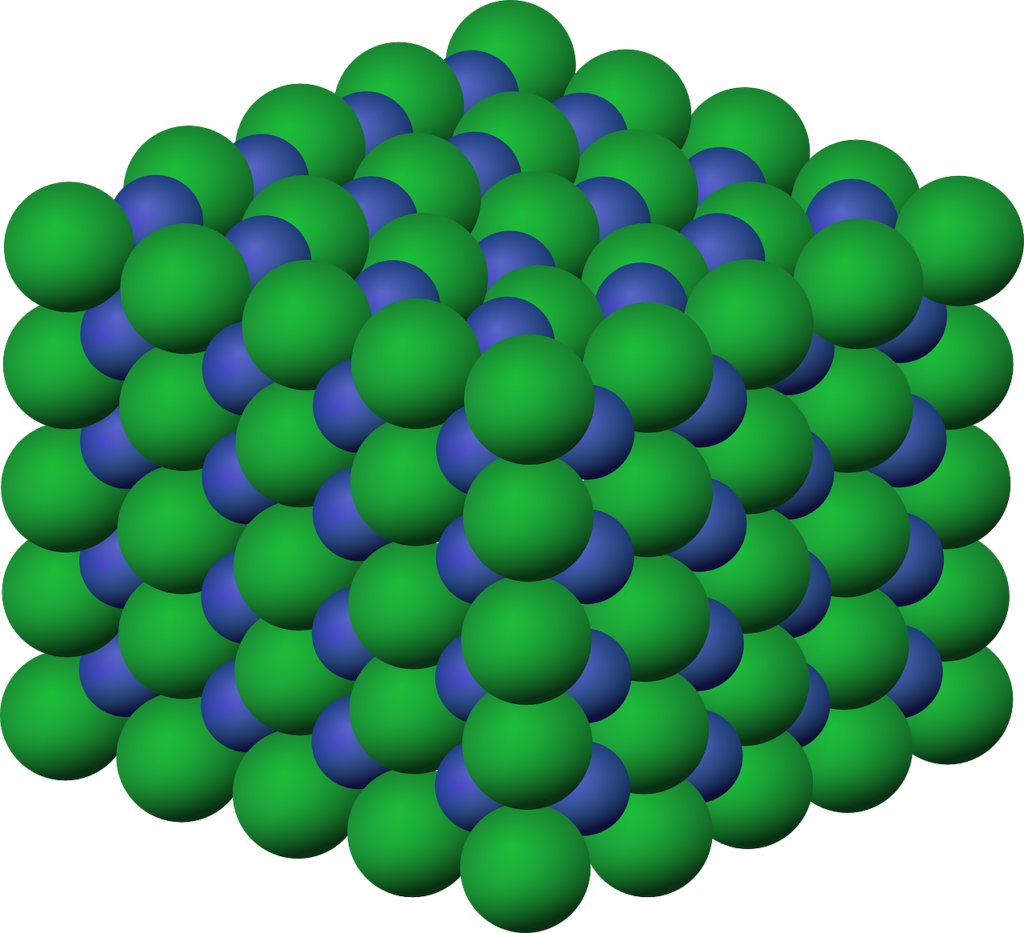Introduction :-
A chemical bond is the attractive force which holds various constituents (atoms, ions, etc.) together in different chemical species.
Two factors due to which atoms interact with each other are
Decrease in energy due to net attractive forces which are greater than repulsive forces.
The tendency to achieve noble gas configurations.
Kossel-Lewis Approach to Chemical Bonding
Walther Kossel and Gilbert N. Lewis developed the Kossel-Lewis method, which established basic ideas for understanding chemical bonding in terms of electron configurations. This theory emphasises stability through electron transfer or sharing and offers a simplified visual representation of why atoms join to create molecules.

Basic Concepts of the Kossel-Lewis Approach
Kossel-Lewis approach is that atoms typically show a stable electronic configuration akin to that of noble gases, which are characterised by full valence (outermost) electron shells. The octet rule states that an atom’s entire valence shell normally has eight electrons. According to the octet rule, atoms will either gain, lose, or share electrons to reach a full octet in their outer shell, which will increase stability.
Lewis symbols, which are made up of the symbol of an element encircled by dots that stand in for its valence electrons, are used to represent atoms in the Kossel-Lewis structure. Eight dots around neon (Ne) signify a complete, stable shell, but a single dot around hydrogen (H) denotes its single valence electron. These Lewis symbols aid in the visualisation of potential electron transfers or sharing between atoms during bonding.
Two Main Types of Bonds: Ionic and Covalent
The Kossel-Lewis method states that atoms can either share electrons to form covalent bonds or transfer electrons to make ionic bonds in order to reach a stable electron configuration.
1.Ionic Bonds
One atom gives up electrons to form a negatively charged ion (anion) via ionic bonding, while another atom gets electrons to form a positively charged ion (cation). Atoms with radically varying electronegativities the tendency to attract electrons transfer electrons. In sodium chloride (NaCl), chlorine (Cl) obtain an electron to fill its valence shell whereas sodium (Na) loses an electron to reach a stable configuration.
Strong electrostatic attraction, or an ionic bond, is formed between sodium and chlorine as a result of the ensuing opposite charges on them. Because of these powerful interactions, ionic compounds usually have high melting and boiling temperatures and form crystalline solids. Since the arrangement enables atoms to obtain an electron configuration resembling that of a noble gas, the Kossel-Lewis technique also contributes to the explanation of the stability of ionic compounds.

2. Covalent Bonds
Atoms share pairs of electrons to fill their valence shells when they form a covalent connection. Atoms with comparable electronegativities create this kind of link. In a water molecule (H2O), each hydrogen atom shares one electron with oxygen, which in turn shares two electrons, enabling stable configurations for both hydrogen and oxygen.
Depending on how many electron pairs are shared, covalent bonds can be single, double, or triple. Atoms are held together by a balance of repulsive and attractive forces in molecules created by this sharing. Covalent compounds can exist at room temperature as gases, liquids, or solids and frequently have lower melting and boiling temperatures than ionic compounds.
Drawbacks and Expansions of the Kossel-Lewis Approach
Kossel-Lewis method has drawbacks even if it suggest a useful, simplified model of chemical bonding. It is unable to explain the bonding in compounds such as PCl₅, where phosphorus has an enlarged octet (more than eight electrons), or BF₃, where boron has fewer than eight electrons in its valence shell. Additionally, the existence of metallic bonds, in which electrons freely flow among a lattice of metal ions, is not taken into consideration by this method.
Moreover, the Kossel-Lewis model makes the inaccurate assumption that atoms only become stable when they form complete octets. So-called duet rule states that elements such as hydrogen and helium can be stable with just two electrons.
Despite these drawbacks, the Kossel-Lewis method served as a basis for more sophisticated bonding theories that provide a better explanation of bonding in complex compounds, such as valence bond theory and molecular orbital theory.
